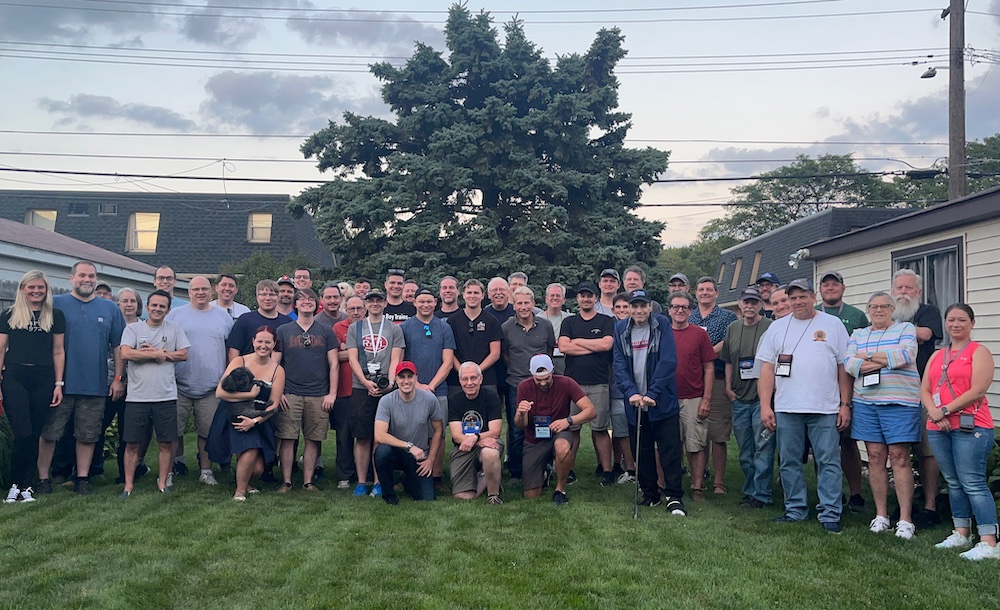
Traditionally, the hobby we all know and love was typically sequestered to our basements, spare bedrooms, or the occasional pole barn. Publications like Classic Toy Trains began to bring those of us in the hobby together, allowing us to see layouts and collections from all over the country. While CTT continues to be a staple […]
Read More…
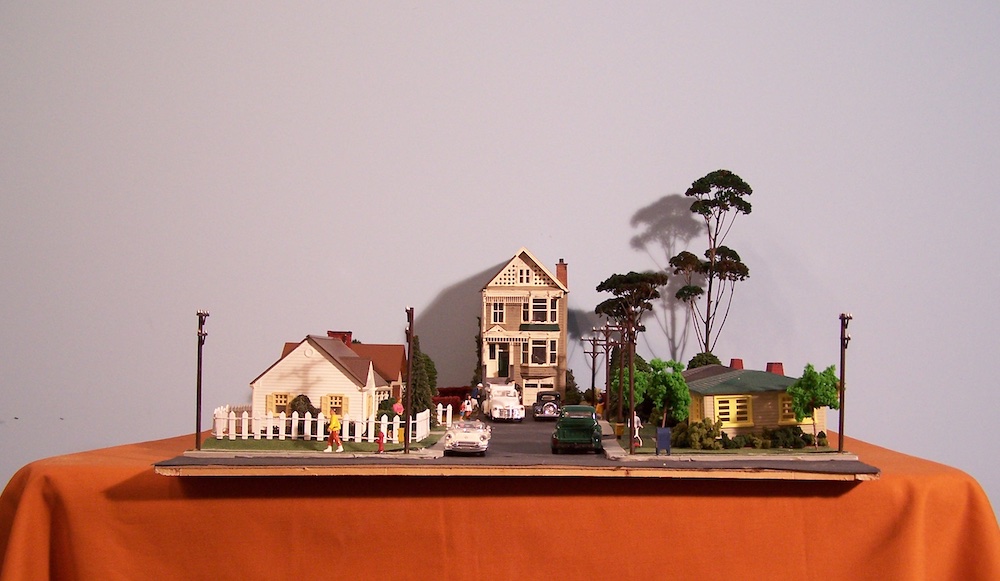
Perhaps you don’t have the space to build a layout but still want to build “something.” Maybe your layout is already built but you’re looking to renovate a scene or section. Or there might be a show coming up and you want to highlight a scene or show off an animated feature. The solution to […]
Read More…
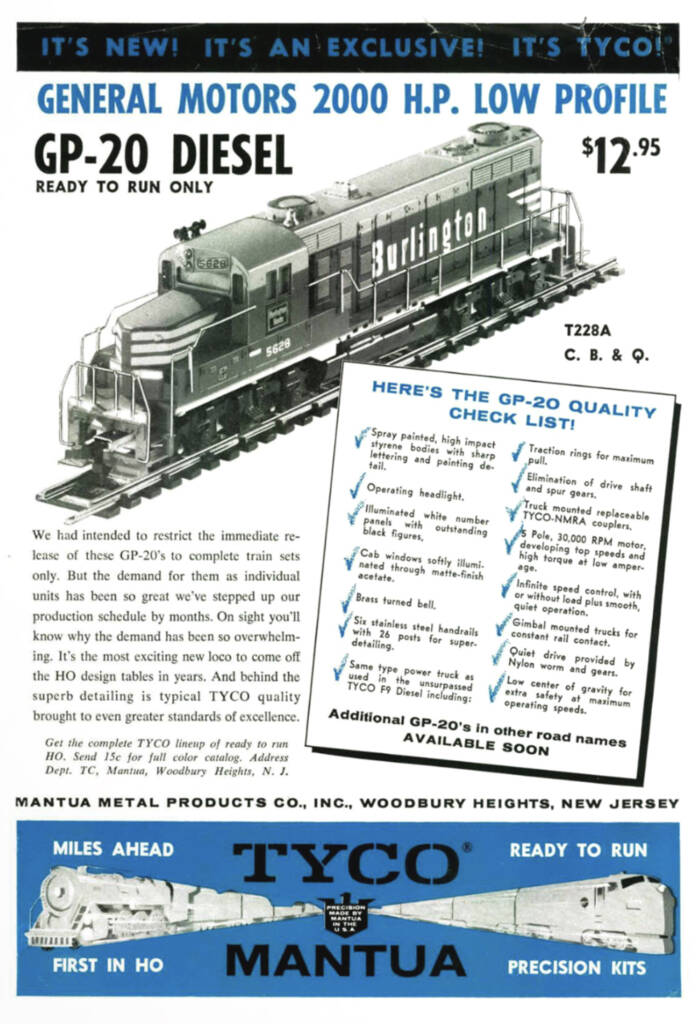
One of my favorite things to do while eating lunch is to pull out an old volume of Model Railroader magazine and page through it. Lately, I’ve been working my way through the decade of the 1960s, often posting things I’ve rediscovered to MR’s Facebook page under the heading of “Lunchtime Reading.” Editor Linn Westcott […]
Read More…

What happened to the caboose? Many factors helped seal their fate, and the demise of the caboose has been mourned in many places, including in the pages of Trains, which bid farewell in a special issue in August 1990. But the caboose hasn’t disappeared. Even today, you can find a few cabooses still at work. […]
Read More…

Amtrak Borealis Trains.com staffer Ben Lake, narrates his rides aboard Amtrak’s newest Midwest region trains, the #1333 (westbound) and #1340 (eastbound) Borealis! Since operations began in May 2024, the Borealis trains now provide a second daily connection between Downtown Chicago, Ill. (CHI), Milwaukee, Wis. (MKE), and St. Paul-Minneapolis, Minn. (MSP)…and have already surpassed the 100,000 […]
Read More…
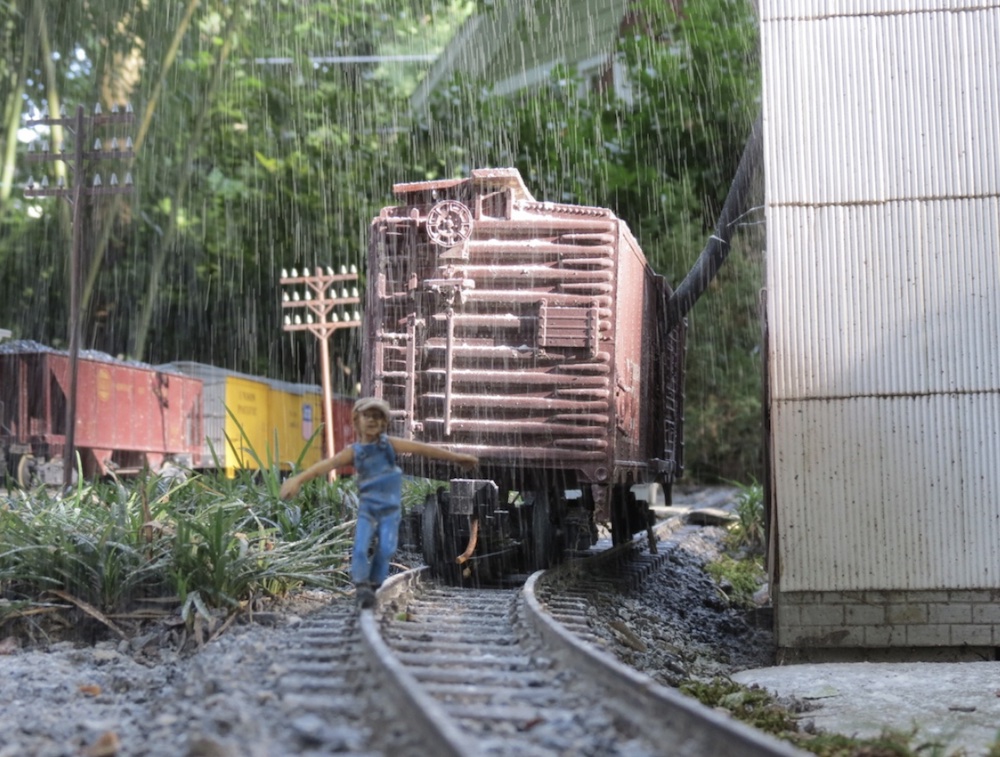
Many of us started our love affair with model trains after getting Lionel or American Flyer items, perhaps to circle a Christmas tree. We might have gotten a toy plastic or metal station with people printed on the sides and some fake evergreen trees. It was all the excitement and the reality we needed. I […]
Read More…
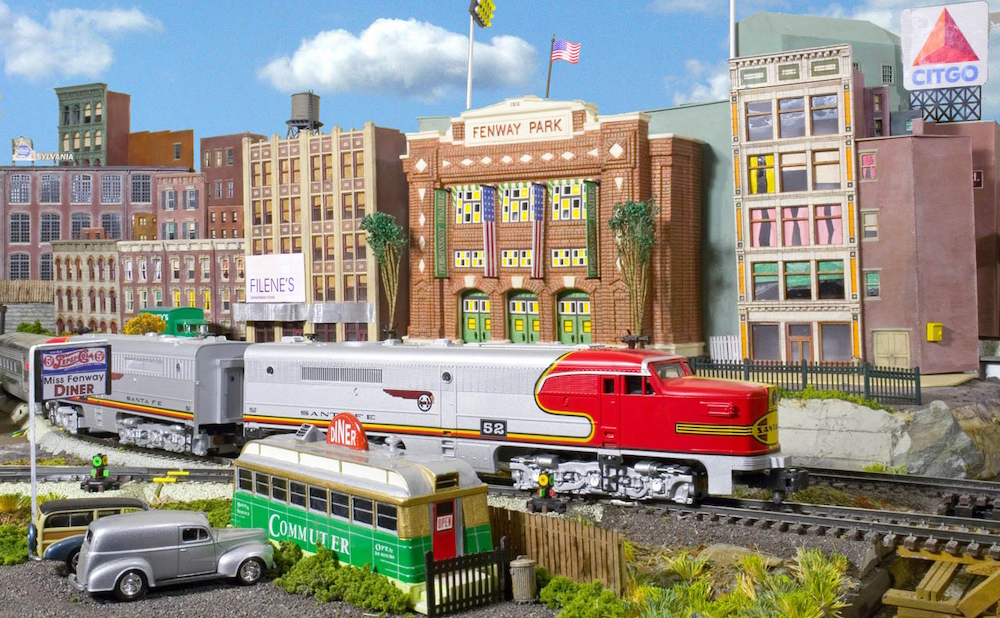
My first train set (or locomotive) was…? When I was quite young, my parents bought me a secondhand Christmas train set. My best recollection is that it was probably a Marx set with strange couplers and lithographed tinplate sides. There was a small 0-4-0 steamer, a silver Gulf Oil tank car, a tan baby Ruth […]
Read More…
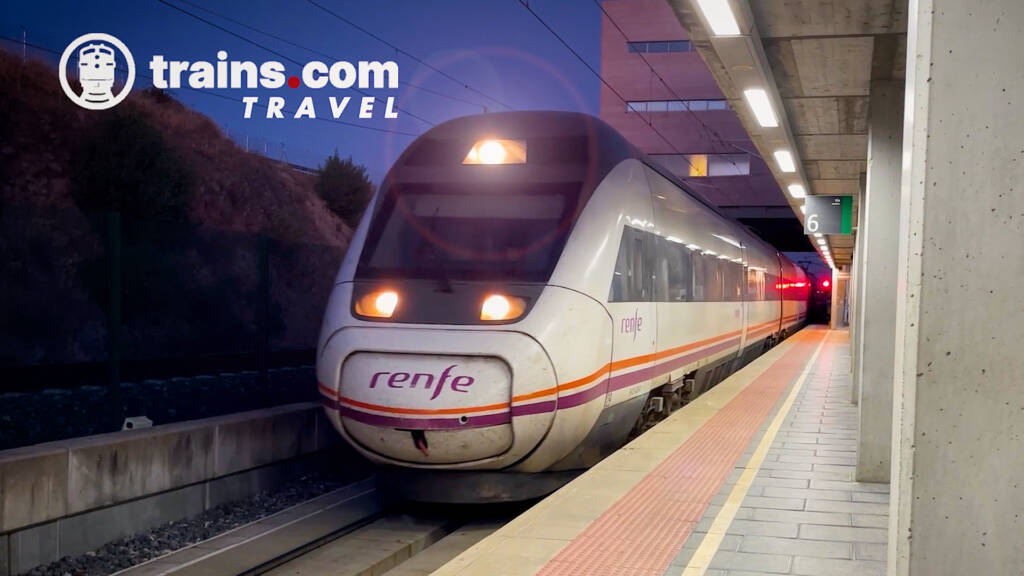
Join Trains.com staff member Sean Kirby as he rides onboard a Renfe Alvia high-speed train for the first leg of his return trip from Spain. Under the first light of the day, you’ll venture with Sean to the modern Segovia Guiomar station, 40 miles north of Madrid. After scanning your ticket, you’ll descend to the […]
Read More…
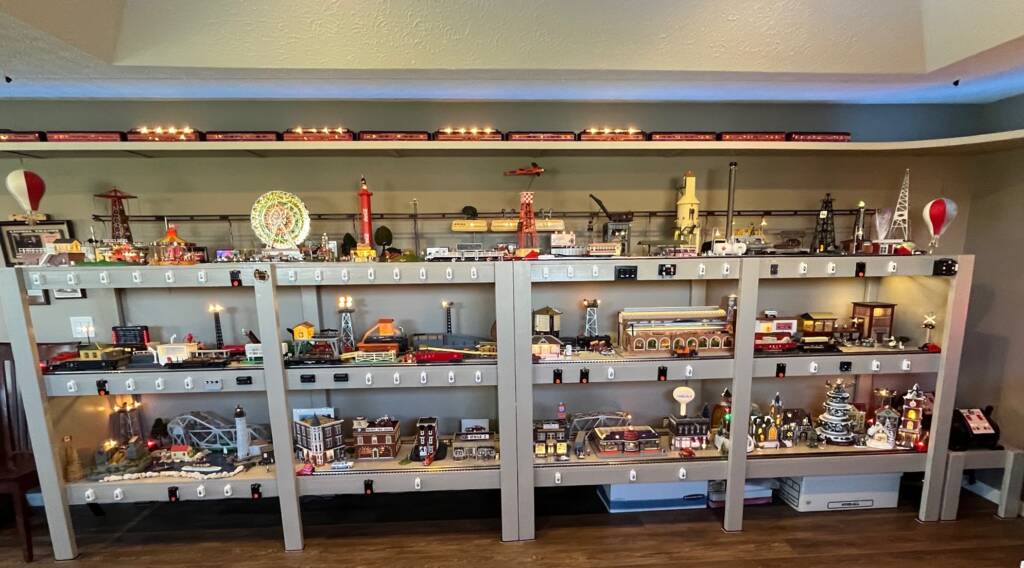
Not every hobbyist has a spare room in which to build a layout. You may have limited space for a layout or need to share a room that’s used for other purposes (like a family room). That was my situation, so I decided to build a multi-level shelf layout. Benefits of a shelf layout You […]
Read More…
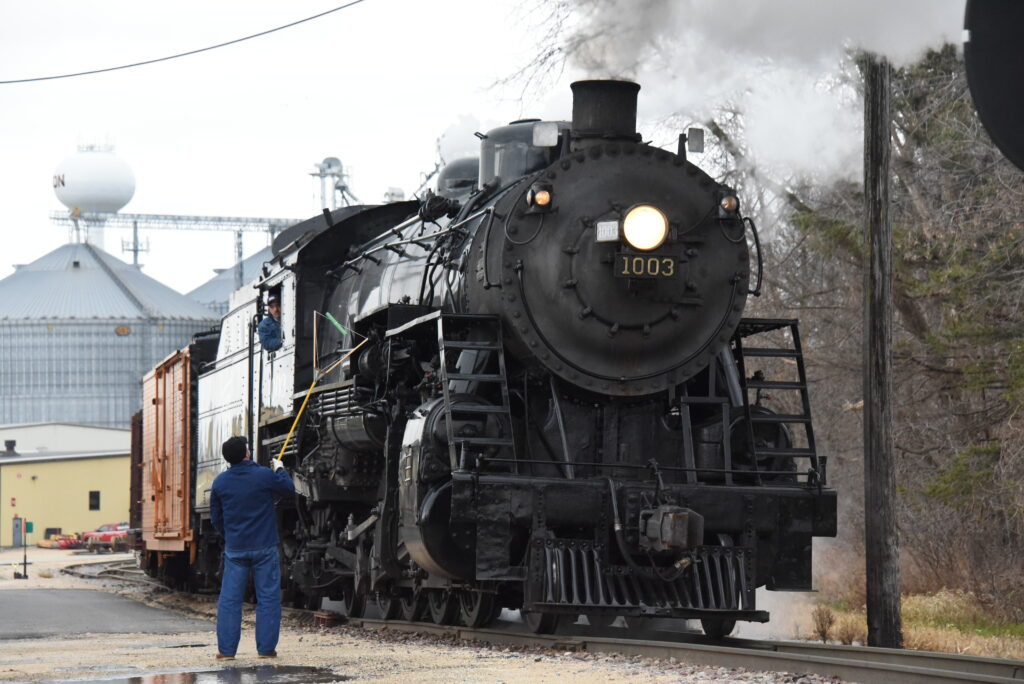
Railroad lingo What is the railroad’s lingo? Utilized mostly by railroaders, it’s a way of speaking among co-workers that involves using railroad terminology, jargon, slang, or argot. Common lingo can vary from one group of individuals to another. Not born of this world, I’ve struggled to understand some of the language the railroad professionals use […]
Read More…
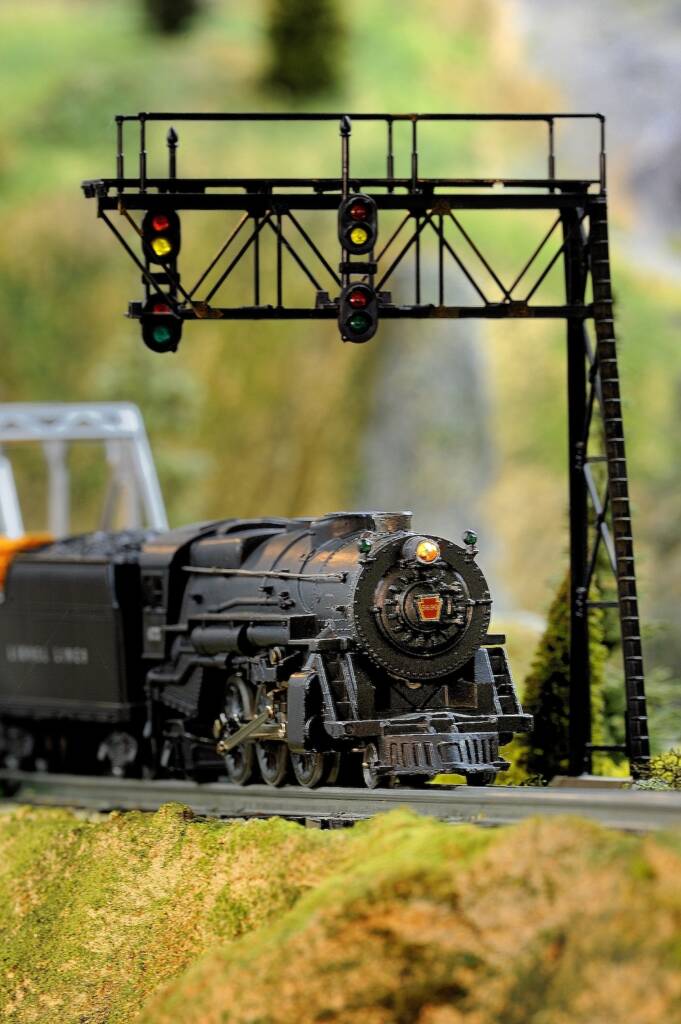
What toy train locomotive means the most to you? It just has to be Lionel’s famed 2-6-2 Prairie type locomotive that is still in my collection. How did you acquire it? This adventure started in 1947 at the early age of 5 years old, when Dad unpacked the Lionel train set he’d purchased downtown. We […]
Read More…
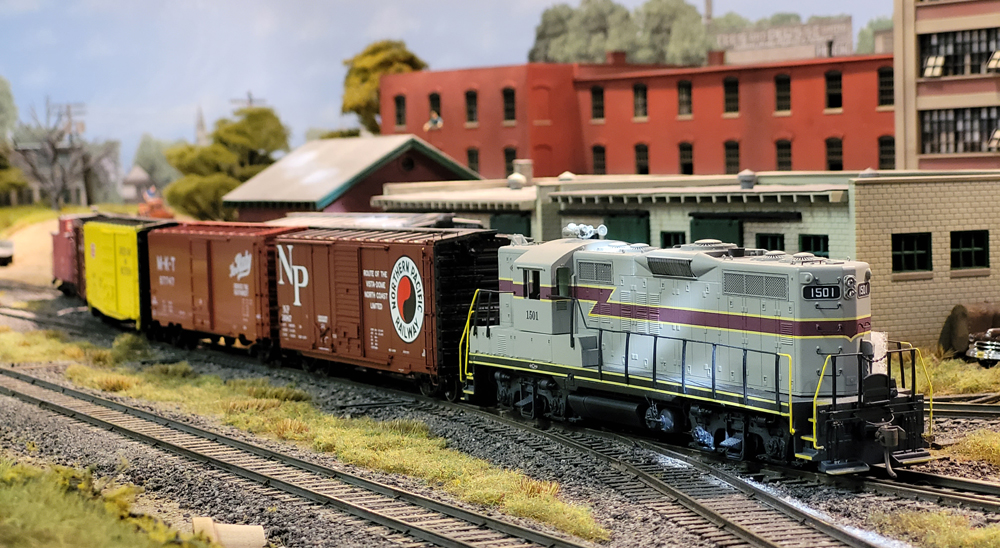
Getting started in model railroading can be a daunting task, even for those with experience and knowledge regarding prototype (i.e. real-life) railroading. We’ve been asked in the past what we at Model Railroader consider the “essential” locomotives and rolling stock for beginner model railroaders. Well, that’s a loaded question, one which opens more questions than […]
Read More…











